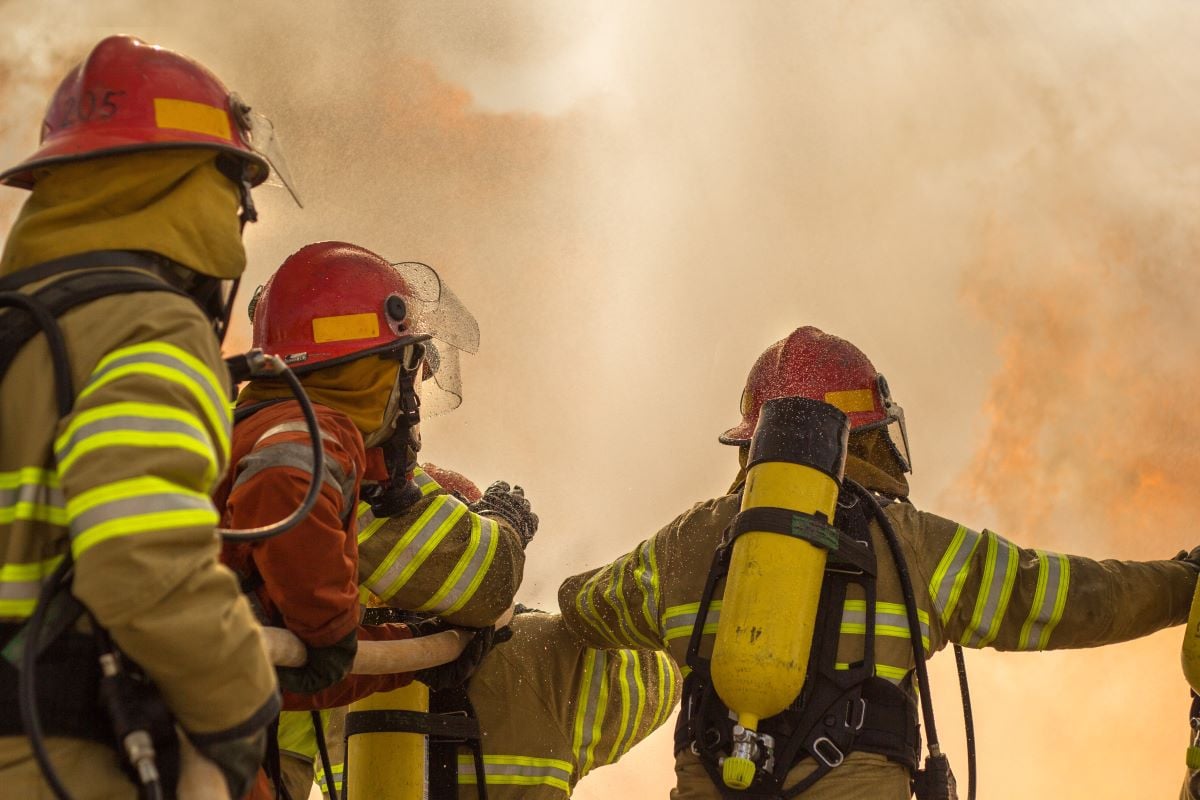
The main function of distributed antenna systems is to provide signal distribution out to Antennas in the building from the Amplifier, such as the BDA (Bi-Directional Amplifier) for an Emergency Responder Communications Enhancement System. The DAS use RF directional couplers and Ceiling mounted antennas to distribute the signal from the BDA.
There is a network of Coax Cables and Antennas extending from an Amplifier located in the portions of the building that have a poor signal from the outside world (Cellular or Public Safety Radio) or to distribute WiFi signals.
Airports, hotels, schools, hospitals, apartments, high rise and industrial facilities are all examples where DAS equipment may be installed. It’s used extensively with ERCES and BDA systems to help emergency personnel, such as police and paramedics, maintain reliable radio communications in the event of an emergency within the building.
2 Main Types of Distributed Antenna Systems
There are three types of distributed antenna systems used today. You can read a brief overview of each below.
Passive DAS
Passive DAS means the DAS antennas do not have voltage fed to them to amplify the signal; they simply radiate signal fed to them by the DAS Coaxial cable
Active DAS
Active DAS means that there are powered repeaters along the signal path to re-amplify signal power and then feed the signal through the coaxial cable to its own DAS cable and antennas.
Why Do Operators Rely on DAS Technology?
The DAS is a crucial part of an Emergency Responder Communication Enhancement System to provide coverage to the portion of the building with poor or no outside signal.
Rely on Stable Connections
The fiber optic and coaxial cables used in both types of DAS systems provide reliable connectivity. This means operators can perform their tasks without worrying about lost or interrupted signals. This degree of reliability is essential, especially when it comes to dispatching emergency personnel or communicating in a critical environment like a hospital.
Share Connectivity Between Multiple Sections
Distributing DAS units throughout the building allows operators to access a live connection in any part of a large facility since they won’t have to rely on a signal traveling through concrete, steel, and other thick surfaces. Instead, cables will carry the signals between terminals.
Make Sure Everyone Stays Connected
As you look for DAS equipment, explore the various Signal Enhancement systems on the market. It can also help to talk to an expert at Koorsen. A little research will ensure you buy the system that best serves your facility’s connectivity needs.



